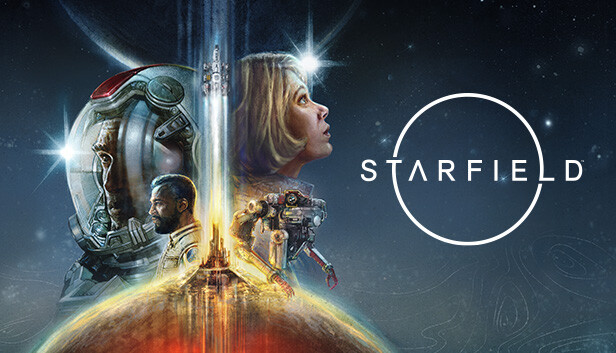this post was submitted on 01 Sep 2023
408 points (94.2% liked)
Games
34945 readers
790 users here now

Welcome to the largest gaming community on Lemmy! Discussion for all kinds of games. Video games, tabletop games, card games etc.
Weekly Threads:
Rules:
-
Submissions have to be related to games
-
No bigotry or harassment, be civil
-
No excessive self-promotion
-
Stay on-topic; no memes, funny videos, giveaways, reposts, or low-effort posts
-
Mark Spoilers and NSFW
-
No linking to piracy
More information about the community rules can be found here and here.
founded 2 years ago
MODERATORS
you are viewing a single comment's thread
view the rest of the comments
view the rest of the comments

TF2 and Dishonored accomplished this by having all the other level data loaded in memory simultaneously all as part of the same map. The instant transitions are accomplished by teleporting the player to another part of the map that is already in memory.
This is not the same trick R&C pulled, and it has far more limitations. For example, TF2’s Effect and Cause necessitates a smaller overall map than the other missions because they had to fit two different versions of the same map in memory all at once. If they wanted to let you transition between three different time periods, they would have had to make it even smaller to fit in the same memory budget.
Ratchet & Clank’s approach has no such limitations. They could let you switch between 8 different time periods and not worry about having to fit all of them in memory at once.
How Morrowind and other open world games work has very little in common with the approaches used in R&C or Titanfall 2.
This approach has its own unique limitations. In Morrowind, you cannot instantly teleport from one side of the map to the other, in theory that would only be possible between adjacent cells. Otherwise, fast traveling would be instantaneous.
The beauty of what R&C does is that there are no limitations at all. You can almost instantly teleport between any maps the game has. No hacks or trickery beyond the brief animation concealing the 1-2 seconds it takes to shuttle the data from the SSD to VRAM. This is unique, and simply wasn’t possible on spinning rust without radically simplifying your level design and visual package to fit within the limited bandwith.
Even on systems with significant memory, a slow drive will create lag in RC. Moreover, RC is doing this while also having very high graphical fidelity overall, including ray tracing, which is quite memory intensive. It's not possible without Direct storage and reasonably fast SSDs.
I'm not insulting the devs who did similar with much less. I'm insulting the devs who can't do similar with the same hardware.